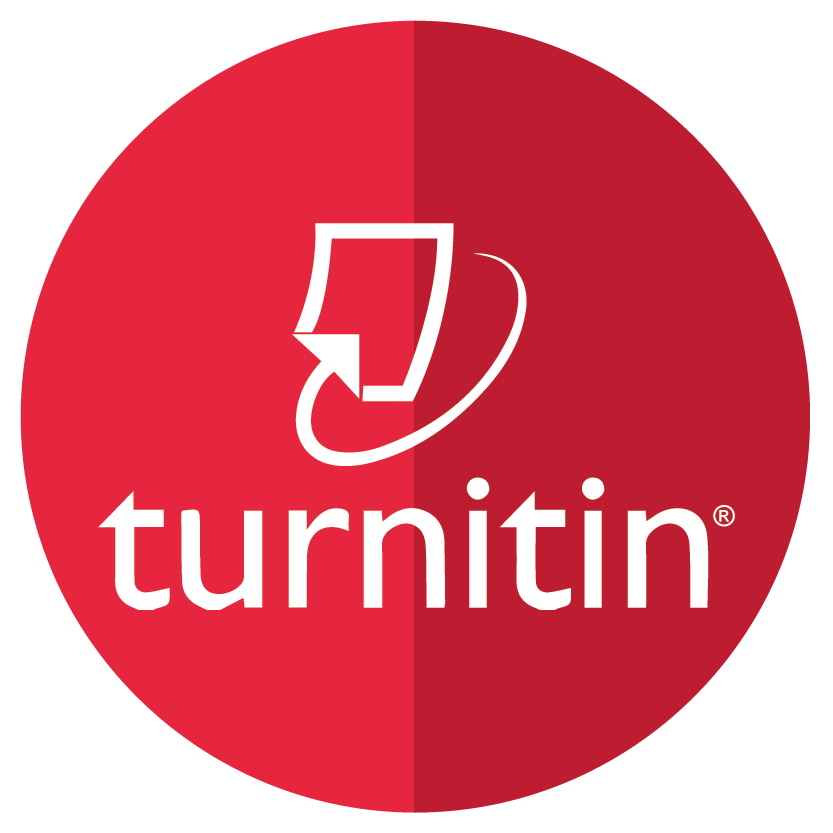Pemberdayaan Masyarakat Kabupaten Banyuasin dalam Pemanfaatan Sekam Padi Menjadi Kertas
Andi Saputra(1), Feliyanti Feliyanti(2), Riri Novita Sunarti(3), Ike Apriani(4), Ra. Hoetary Tirta Amallia(5), Tito Nurseha(6), Rr. Mini Sari Wulan(7), Awalul Fatiqin(8*),
(1) Universitas Islam Negeri Raden Fatah Palembang
(2) Universitas Islam Negeri Raden Fatah Palembang
(3) Universitas Islam Negeri Raden Fatah Palembang
(4) Universitas Islam Negeri Raden Fatah Palembang
(5) Universitas Islam Negeri Raden Fatah Palembang
(6) Universitas Islam Negeri Raden Fatah Palembang
(7) Universitas Islam Negeri Raden Fatah Palembang
(8) Universitas Palangka Raya
(*) Corresponding Author
Abstract
Keywords
Full Text:
PDFReferences
Administrasi, W. (n.d.). Bab ii profil kabupaten banyuasin 2.1. 11–39. Arfah, M. (2017). Pemanfaatan limbah kertas menjadi kertas daur ualng bernilai tambah oleh mahasiswa. Buletin Utama Teknik, 13(1), 28–31. Ismail, Muhammad Shoaib, dan A. M. W. (1996). Effect of rice husk ash on high strength concrete. Construction and Building Materials 10, 10(7), 521–526. Pakaya, D., Munir, M. A., Fitriana, Y., Aryuni, M., & Salikunna, N. A. (2021). Pemanfaatan limbah kertas fakultas kedokteran untad menjadi bahan bernilai ekonomi. 9, 30–34. Siregar, & Zuliyanti, A. (2018). Pemanfaatan Kertas Sebagai Bubur Kertas dan Pupuk Bagi Tanaman. Repositori Institusi USU. Sutyasmi, S. (2012). Daur ulang limbah shaving industri penyamakan kulit untuk kertas sen. Majalah Kulit, Karet, Dan Plastik, 114. https://doi.org/https://doi.org/10.20543/mkkp.v28i2 Widowati, S. (2001). Pemanfaatan hasil samping penggilingan padi dalam menunjang sistem agroindustri di pedesaan. Bulletin AgroBio, 4(1), 33–38. Wijaya, S. Y. P. dan A. G. (2008). Pemanfaatan Sekam Padi dan Pelepah Pohon Pisang Sebagai Bahan Alternatif Pembuat Kertas Berkualitas. Jurnal Aplikasi Ilmu-Ilmu Agama, 9(1), 44–56. Yuli Ristianingsih, Nelli Angreani, dan A. F. (2014). Pengaruh Komposisi Sekam Padi dan Ampas Tebu Terhadap Karakteristik Kertas dengan Proses Soda. Konversi, 3(2), 15–19.
DOI: https://doi.org/10.30998/jpmbio.v1i1.950
Article Metrics
 Abstract Views : 752
|
Abstract Views : 752
|  PDF Views : 587
PDF Views : 587
Refbacks
- There are currently no refbacks.

This work is licensed under a Creative Commons Attribution-NonCommercial 4.0 International License.
Jurnal Pengabdian Masyarakat Biologi dan Sains is licensed under a Creative Commons Attribution-NonCommercial 4.0 International License.






